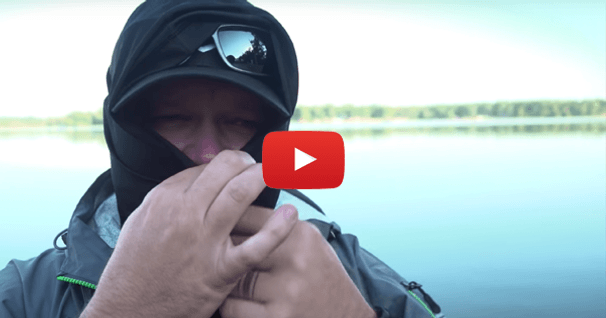New Simplified CPR Procedure
I feel it’s very important that kayakers who tend to paddle in groups have at least one person who is versed in current first responder techniques. Better still to have every paddler out on the water skilled in basic first aid procedures. A basic first responder/aid skill for water sports is CPR.
Seems every few years the Red Cross announces a newer, better method of administrating CPR. Usually the procedure was modified slightly, usually to the simpler end of the scale. A new way one tilted the head back – or didn’t, the use of the jaw thrust – or not, and the sequence of breathing to chest compression always seemed to be different each go-around.
It’s time for new procedures again. Fortunately this time, too, those changes are simpler.
Please note: I am NOT a CPR instructor. This article is merely bringing the new CPR technique to your attention. Please get professional training from a certified Red Cross or CPR instructor.
 The new CPR application is a three-step process of Call; Blow; Pump.
The new CPR application is a three-step process of Call; Blow; Pump.
Simple. Direct.
- CALL – Check for unresponsiveness (gently shake, poke or loudly call out to victim) if no response, call 911 immediately.
- BLOW – Tilt the head back and check for breathing. If none (or not breathing normally), pinch the nose and cover their mouth with yours (or a CPR mask). Blow into their mouth and notice if their chest rises. If so, give two breaths, each lasting one second.
- PUMP - If the victim is still not breathing normally, coughing or moving, begin chest compressions. To be effective the chest must depress at least 1.5 to 2 inches. Press down on the chest on a line running from nipple to nipple, in the center of the chest. Pump at the rate of 100 per minute.
Continue with two breaths and 30 compressions until help arrives.
Like other CPR assists, if another person can help, each takes on a responsibility: either chest compressions or breaths of air.
Children are treated like adults except for three differences:
1. If you are alone, give two minutes of CPR to the child BEFORE calling 911.
2. Use the heel of one hand, just like for adults (You may have learned different hand applications for adults than children. Now they are the same.)
3. Press the sternum about 1/3 the depth of the chest.

Infant CPR is a delicate matter following similar procedures:
- SHOUT and TAP – gently tap victim on shoulder, and shout at them. If no response, place victim on his/her back
- OPEN the AIRWAY – Gently tilt the head back far enough to open the airway. Take care not to tilt the head too far back.
- GIVE 2 GENTLE BREATHS - If baby in not breathing give two gentle breaths by covering the infant’s mouth and nose with your mouth and blowing. Each breath should be one second long and you should be able to see the chest rise with each breath.
- GIVE 30 COMPRESSIONS – Give at the rate of 100 per minute using two or three fingers. Depress the chest by about 1/3 the depth of the victim’s chest.
- REPEAT STEPS – If breathing has not been restored, continue with compressions for two more minutes. If still no response, call 911 and continue administrating CPR.
Go to website: http://depts.washington.edu/learncpr/quickcpr.html
Here you will find these same instructions with diagrams and also instructions on how do the Heimlich Maneuver plus short video demonstrations of each technique. It even gives instructions on administering CPR to your cat and dog! (the trick is being able to get Fido to do it, too!)
I strongly encourage you to take the Red Cross course in CPR, especially with this new, simpler method. Hopefully you will only ever have to use it in class!
Related Articles
Learn how to stay comfortable on the water when fishing in the cold. When you stay warm and…
My wife and I were portaging in the far north when our dog, Bailey, disturbed a nest of wasps and…
Have you looked through an outdoor gear catalog recently? We are a highly specialized society – even…
Any paddler who has suffered the green-gilled demon of seasickness, with the dizziness, nausea,…


